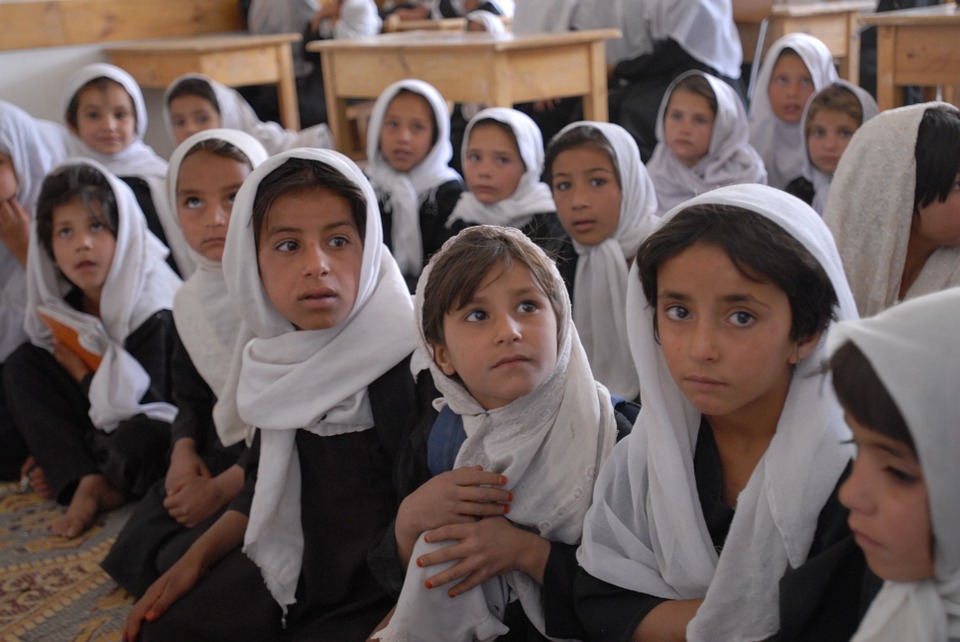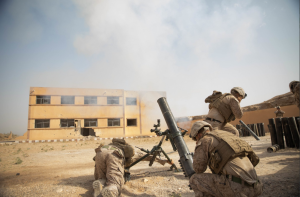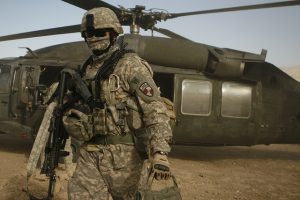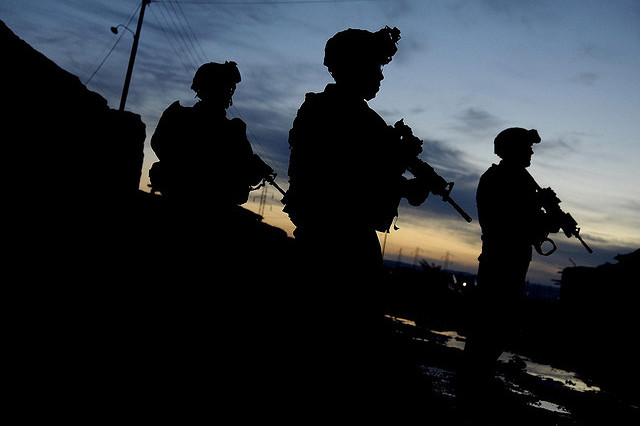by Diana Ohlbaum
On the security front, recent assessments of Afghanistan exude doom and gloom. Chairman of the Joint Chiefs of Staff Gen. Joseph F. Dunford called the situation “roughly a stalemate,” telling senators that nearly a third of the country is under the control of the Taliban and other militants. The Special Inspector General for Afghanistan Reconstruction (SIGAR) reported that the failure to effectively address corruption has “undermined the U.S. mission in Afghanistan by fueling grievances against the Afghan government and channeling material support to the insurgency.” Both the chairman and ranking member of the Senate Foreign Relations Committee warned that, after 15 years and $783 billion in spending, public support for the war is eroding because there is little evidence of success. In fact, 2015 was Afghanistan’s deadliest year on record.
Meanwhile in development quarters, a more optimistic spirit holds sway. Earlier this month international donors pledged over $15 billion in economic aid to Afghanistan for the next four years, close to the same level they agreed to provide during the last four years. The Afghan government trumpeted progress on infrastructure development, private sector engagement, and good governance. USAID boasted that U.S. government support over the last decade has helped Afghanistan to achieve the largest increases in life expectancy and largest decreases in maternal and child mortality of any country in the world. According to the Afghan Ministry of Education, more than eight times as many children are in school now as in 2001, and 39 percent of them are girls. The State Department said it considers the Afghan government “an engaged and constructive partner” that is “committed to moving the country forward, strengthening its democracy, and deepening its institutional roots.”
Although President Obama slowed the drawdown in U.S. troops from Afghanistan, vowing to keep 8,400 troops there until the end of his term, the next president faces a major policy decision: will maintaining or enlarging the American military presence improve Afghanistan’s prospects for long-term stability? Equally important, do the probable gains of a continued deployment outweigh the anticipated risks and costs?
The answers to these questions are not easy, substantively or politically. But there are a number of lessons to be gleaned from U.S. involvement to date, which may help to inform the debate:
- Afghanistan’s problems cannot be solved militarily. At their peak in 2011, U.S. and NATO forces in Afghanistan totaled 140,000—but even with that level of support, the Afghan government couldn’t consolidate control over its territory, provide basic services, or attain popular legitimacy. Fundamentally, the problem is one of governance. As former Ambassador Ryan Crocker put it, “the ultimate point of failure for our efforts…wasn’t an insurgency. It was the weight of endemic corruption.”
- The military campaign was over-resourced and overly influential in comparison to the civilian reconstruction and development effort. Of the $686 billion the United States spent on Afghanistan from FY 2001-2014, $647 billion was for the Department of Defense, and only $34 billion for the State Department and USAID. (The remainder went for veterans’ medical expenses.) As a result of this “skewed resourcing,” a SIGAR report on lessons learned in Afghanistan explains, military actors had more influence over policy decision-making than their civilian counterparts and often were called to fill gaps in civilian staffing.
- Development doesn’t buy security. Even though Afghanistan has experienced impressive development gains, particularly in the health and education sectors, it has become a more dangerous place. Senior officials and experts involved in Afghanistan reconstruction agreed that “when development projects occurred in insecure places, the projects either benefited the insurgency or insurgents increased violence to counteract any potential gains.”
- Addressing corruption must be a top priority. A blistering critique by SIGAR found that the United States significantly contributed to the growth of corruption in Afghanistan, and “even when the United States acknowledged corruption as a strategic threat, security and political goals consistently trumped strong anticorruption actions.” Yet, as former Afghanistan correspondent and U.S. military adviser Sarah Chayes warns, it’s not just a matter of supporting anti-corruption programs, because all U.S. interactions with corrupt states “may inadvertently reinforce and empower their kleptocratic structures, thus facilitating corruption and by extension exacerbating fragility.”
- Local conditions—and knowledge of them—matter. International donors still lack a nuanced understanding of the power dynamics and patronage networks that determine outcomes in Afghanistan. SIGAR’s compilation of lessons learned found that civilian and military personnel often had short tours of duty and restrictions on movement that made it difficult to gather reliable information, develop bonds of trust with the population, and draw on local knowledge. This “annual lobotomy” led to lost experience, repeated mistakes, and wasted money.
- The strategy must be country-owned and -led. Time and again, conditionality proved ineffective in pressuring Afghans to make changes for which there was insufficient local support, such as prosecuting those involved in the Kabul Bank scandal, SIGAR concluded. The United States may think it knows what is best for Afghanistan, but any strategy is doomed to failure unless Afghanistan’s leaders want it as much as the United States does, and are willing to make the hard choices needed to deliver on it.
- Long-term sustainability is more important than short-term gains. Over time, Afghans need to be able to prioritize, plan, manage, carry out, monitor, evaluate, adapt, and finance programs and operations on their own. Strengthening Afghan systems and institutions is a stated goal of both military and economic assistance, but results have fallen short. SIGAR has raised serious questions about the capabilities and effectiveness of Afghan security forces, despite billions of dollars in U.S. training and support. Similarly, a meta-evaluation of USAID’s projects in Afghanistan found that technical assistance often became a form of capacity substitution rather than capacity building or knowledge transfer.
- Transformation takes time. Although development professionals have learned to measure progress in decades and generations, U.S. diplomatic and military planners tend to think in terms of immediate shifts that happen in the course of one tour of duty. It’s time to recognize that U.S. ability to shape outcomes in Afghanistan is inherently limited, and that major changes—in Afghanistan as well as here at home—require patience, tenacity and resolve because they provoke fierce resistance. The next president must be realistic and honest in setting expectations of U.S. aid and military engagement in Afghanistan, and in communicating these expectations to the American people.
Photo: Classroom in Afghanistan






There was no need to extend this war repeatedly.
No country has been able to overwhelm the Afghan natives and wisely the colonial British abandoned it.